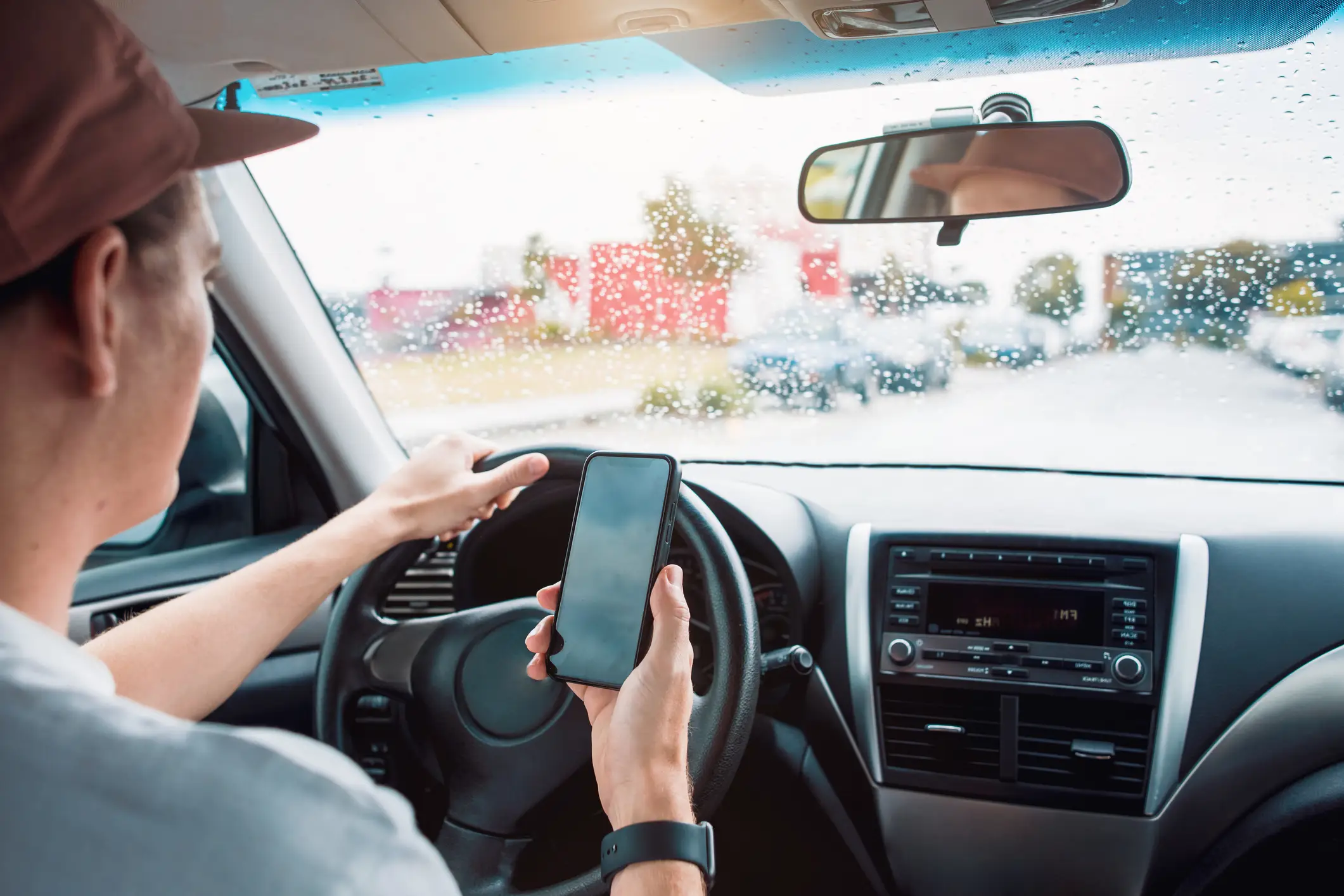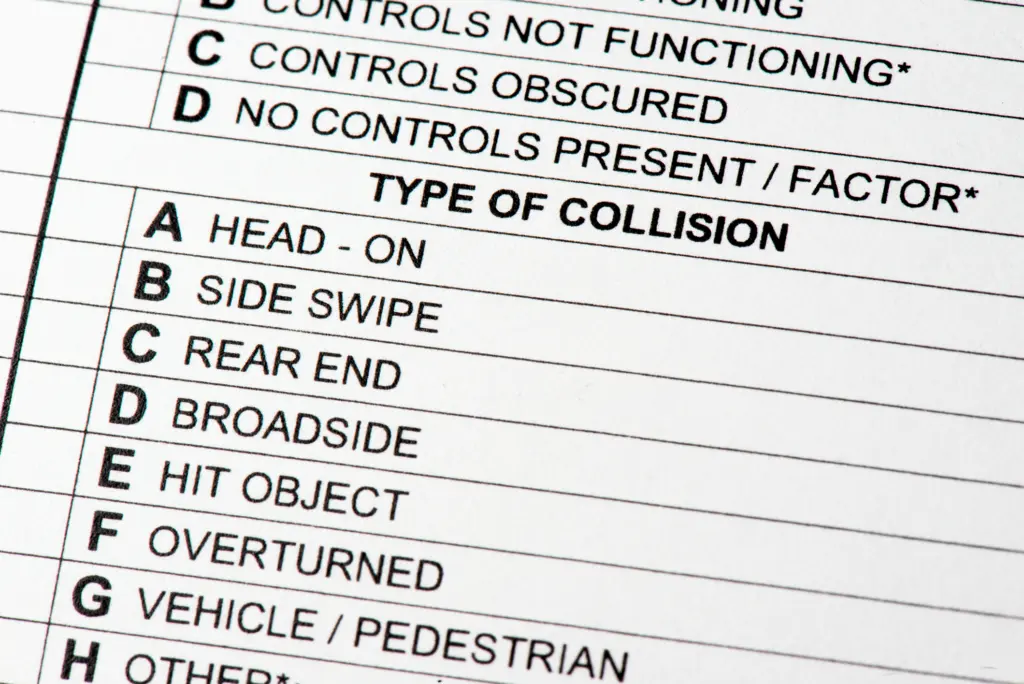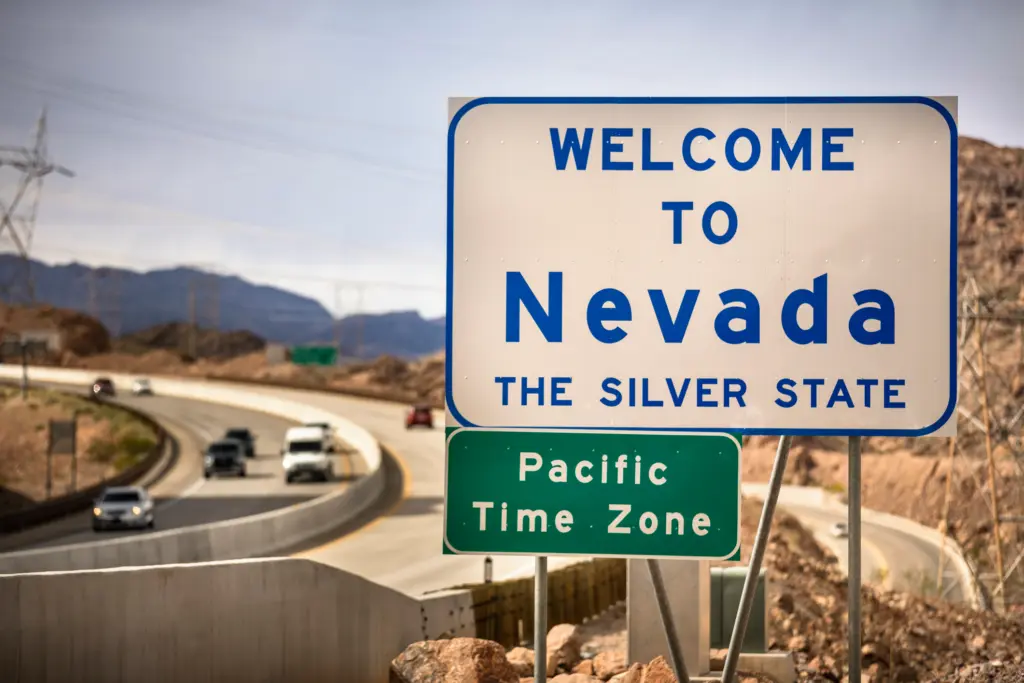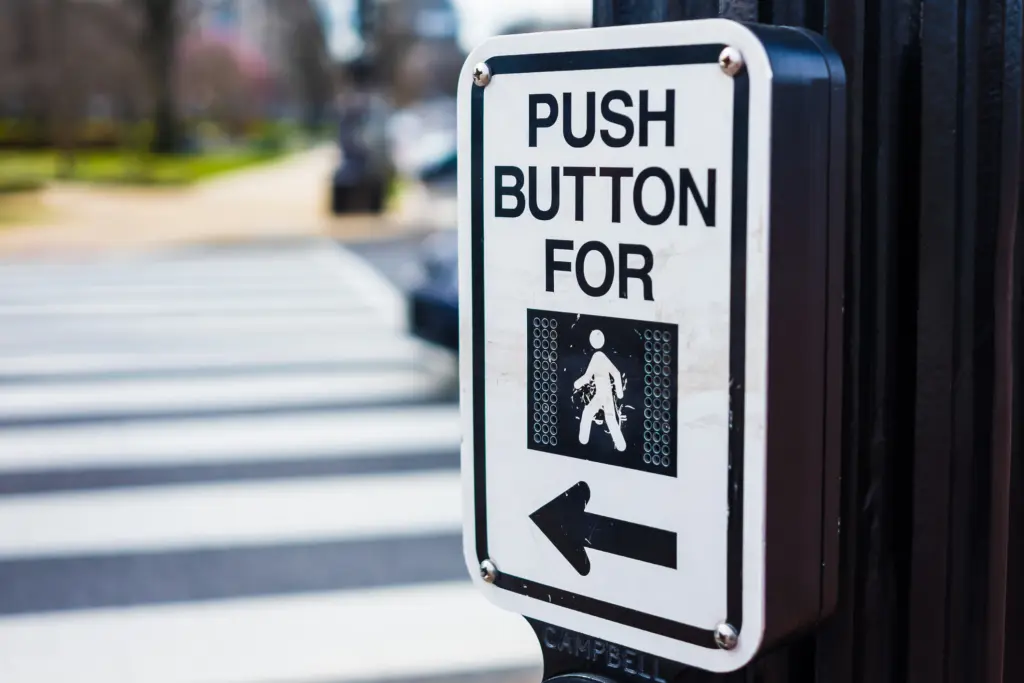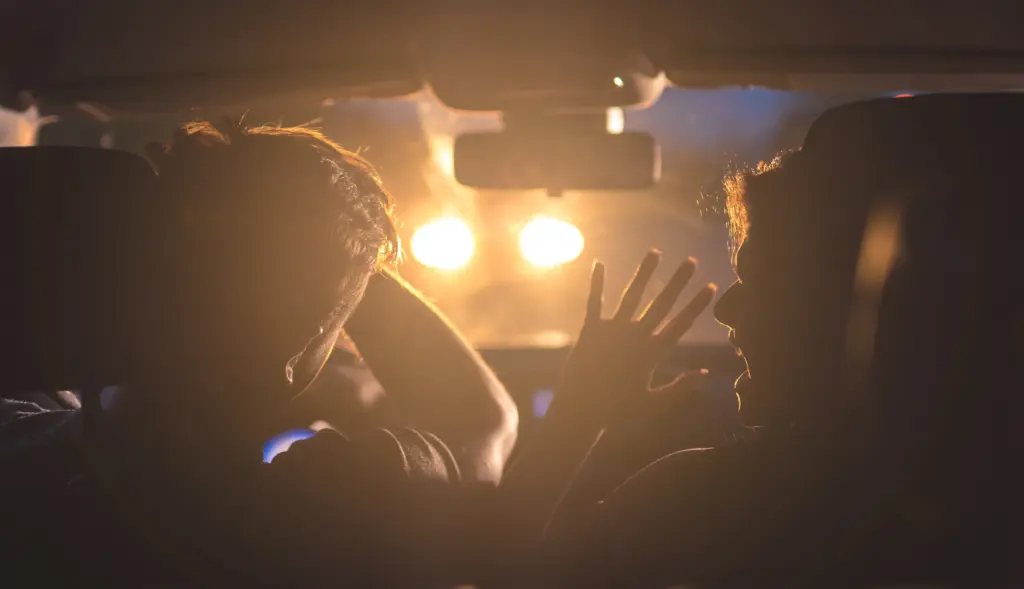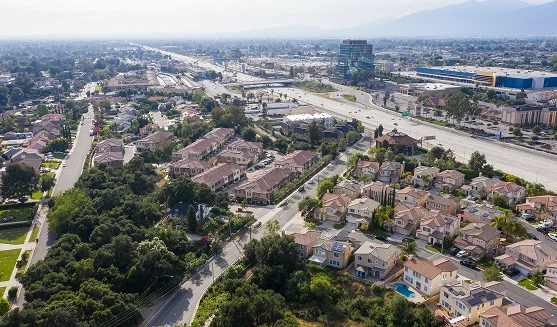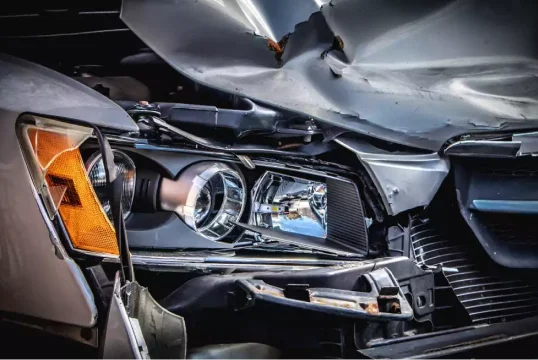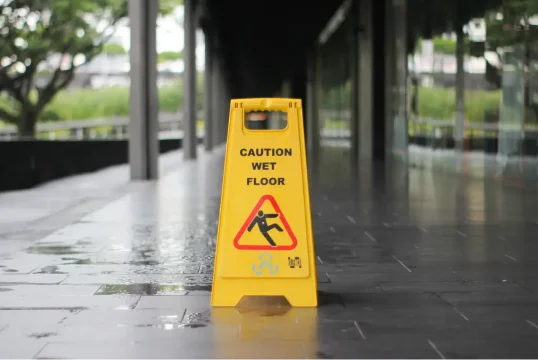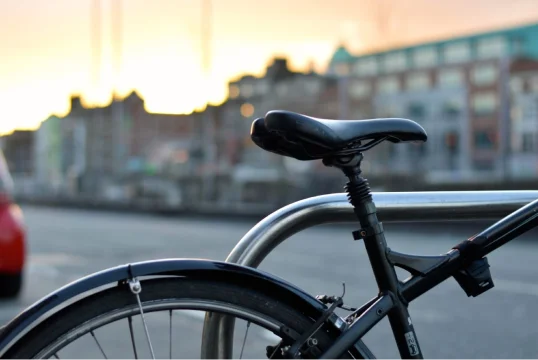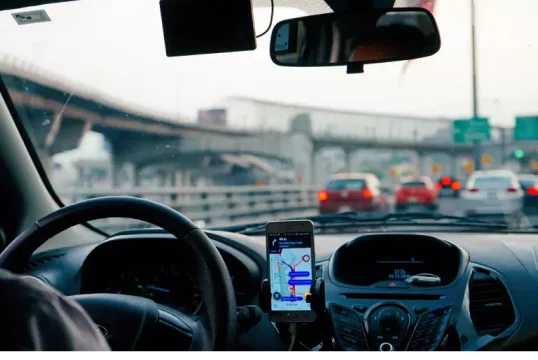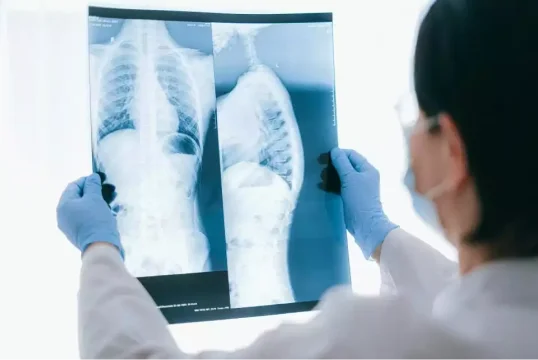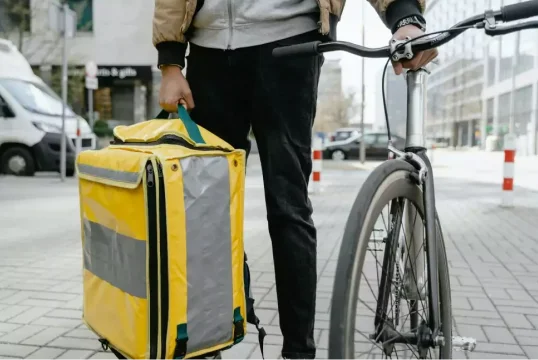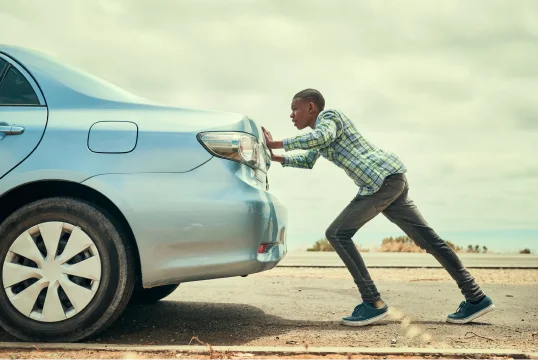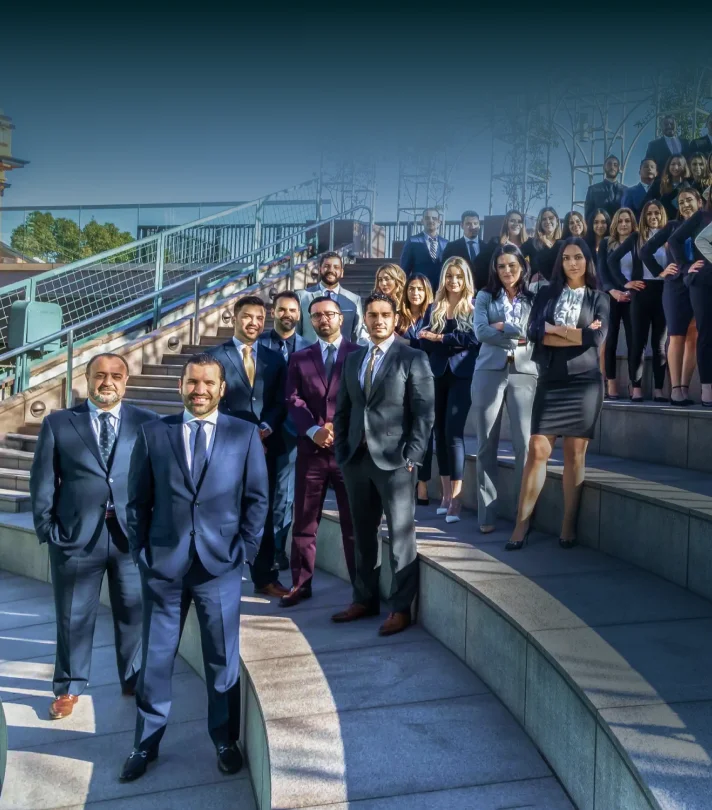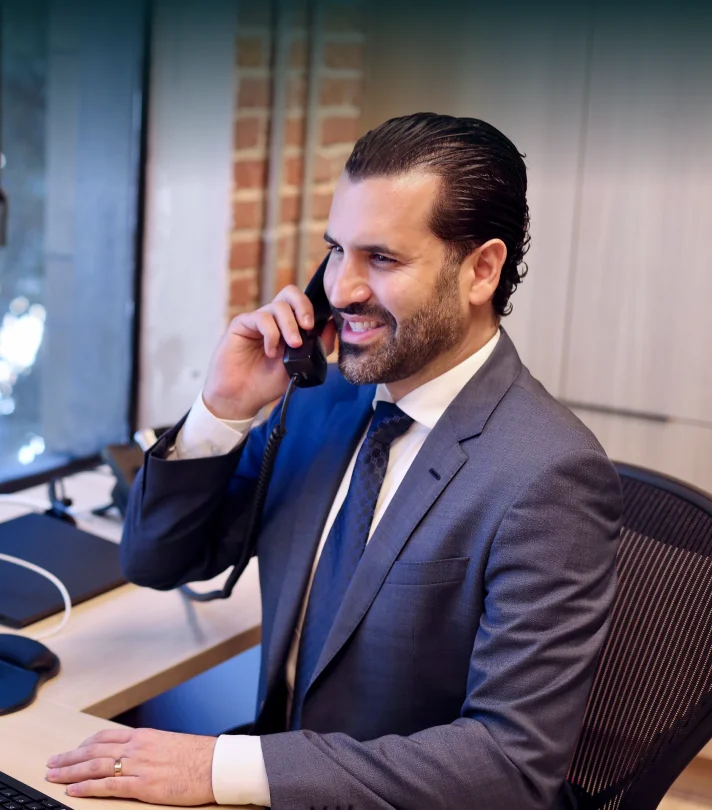California has taken a firmer stance on distracted driving by updating its 2025 clarification of the hands-free rule, commonly known as the “No Touch” law. Under this recent interpretation, drivers will no longer be able to hold their phones for any reason while behind the wheel, not even to look at a map. This change will close loopholes and reinforce the state’s determination to minimize distracted driving incidents while also promoting safer road conditions to all motor vehicle operators.
What Is the New No Touch Law?

In a June 3, 2025 ruling by the California Court of Appeal for the Sixth Appellate District, the interpretation of the state’s hands-free law was expanded. The court determined that holding a phone to look at a navigation app, even without touching the screen, will be in violation of California Vehicle Code § 23123.5.
The Appeals Court specifically stated the following: “Allowing a driver to hold a phone and view a mapping application, even if not touching the phone’s screen, would be contrary to the Legislature’s intent.” This decision reinforces that the law is not only covering texts or making calls, it is primarily enforcing drivers to keep their eyes on the road and hands off of their electronic devices.
They are, however, allowed to use their phones for navigation purposes only if the following apply:
- The phone is mounted on the dashboard or windshield
- A route has been set hands-free with a single swipe or tap
- The driver is not holding the device at any point during a trip
The no touch phone law will officially break a commonly misunderstood loophole where drivers believed they were allowed to physically handle a personal device and access GPS while operating a vehicle. Moving forward, law enforcement can administer citations just for simply holding a phone, even if the driver was checking directions.
What Was California’s Hands-Free Law Before?
Before the recent update, CVC 23123.5 prohibited California drivers from holding and operating a handheld cellphone or electronic device while on the road. The only time it would be acceptable to use a phone would be if either of the following conditions were met:
- Hands-free and voice-operated use only
- The phone is mounted on the dashboard or windshield without obstructing the driver’s view of the road
This law is aimed to reduce distracted driving accidents by ensuring drivers keep both hands on the wheel and direct focus on the road. Many individuals wrongly perceived this rule, believing that they could still hold a phone if they were performing other tasks, like using a map, scrolling a music playlist, or checking notifications. That was never its intent, and the courts have reinforced this interpretation by closing a loophole that some may have tried to exploit, claiming that holding a phone without engaging in communication was allowed.
Do All States Ban the Handheld Use of Cell Phones?
Besides California, other states, like Arizona, Nevada, and Washington, have bans on handheld cellphone usage while driving. However, there are a few details and penalties that may slightly differentiate one from the other.
Arizona
According to ARS 28-914, drivers cannot hold a cell phone and other portable wireless devices while operating a motor vehicle unless the car has been legally parked or stopped. This applies if you are holding a phone in your hand, resting it on your shoulder, or having it wedged between your ear and shoulder. In addition, you cannot send texts, emails, or communicate on social media.
However, the following can be used as long as it is done hands-free:
- Voice-based communication via Bluetooth, earpieces, or wrist-wearable tech
- GPS directions
- Accessing vehicle information
- Voice commands to read or send a message
- Built-in car technology, such as Apple CarPlay or Android Auto
Penalties for a violation in Arizona will include a $75 to $149 fine for a first offense, and a $150 to $250 fine for a second or subsequent offense.
Nevada
Under NRS 484B.165, it is strictly prohibited for drivers to hold and use a wireless communications device while on the road on any highway in the state. You specifically cannot do any of the following:
- Manually type out a text into a phone or device
- Send or read messages on any handheld device
- Use a phone for voice calls unless it is done with hands-free operation, like through bluetooth or a smartwatch
You can, however, use a phone if it is done so with voice-activated GPS as long as it is properly positioned on the dashboard or windshield. Penalties in Nevada will vary depending on the number of offenses and may result in higher fines:
- 1st offense: $50 fine
- 2nd offense $100 fine
- 3rd or subsequent offenses: $250 fine
Washington
Washington has one of the strictest regulations with handheld devices. Under state law, it is illegal to use a handheld electronic device when driving a motor vehicle. Doing this will also be considered a traffic infraction (RCW 46.61.672). The objective is to reduce the number of distracted driving incidents by limiting how and when a vehicle operator can use personal electronics.
It is prohibited for either of the following to be done while on the road:
- Hold a phone or device in either hand
- Read, type out, or send, emails or text messages
- Browse the internet or apps
- Watch videos or streaming content
- Type or scroll unless it is a single touch to activate a hands-free feature
Even if you are at a red light, you are still “driving” under this regulation, unless you have safely pulled over or parked off the roadway. Violating this rule may result in the following penalties:
- First offense: $136 fine
- Second or subsequent offenses: $272
These offenses are reportable to the insurance companies and will be noted in your driving record, potentially increasing your rates.
Is Touching a Cell Phone While Driving a Federal Offense?
Touching a cell phone while driving is not a federal offense, but it does violate CVC 23123.5. Drivers cannot hold or operate a handheld wireless device while on the road. It must be mounted and used in a hands-free manner. Phone use to access navigation, music, or make calls while holding it is prohibited, even if you are at a red light. So, while it is not necessarily a federal crime, performing this action on California roads can cost you fines, license points, and higher premiums.
How Much Is a Ticket for Being on Your Phone While Driving in California?
If you are on your phone while driving in California, a base fine of $20 will be presented for a first offense, and $50 for each subsequent offense. The actual amount will be different for each individual due to court fees and assessments. This could be around $150 for a first offense and $250 or higher for a subsequent offense.
Additionally, your car insurance rate may increase. As of July 2021, the DMV will also add one point to your driving record if the violation happens within 36 months of a prior hands-free or texting conviction. Accumulating points can ultimately result in license suspension and higher premiums.
All in all, drivers are required to be fully hands-free to avoid penalties, aligning with broader safety efforts like the 2025 California auto insurance law, which raises minimum wage to reflect rising medical and repair costs due to economic inflation. While this particular regulation does not directly reduce distracted driving incidents, it helps strengthen financial protection for accident victims and encourages greater accountability on the road.
In addition to these updates, California has introduced a new law within the same year, this time targeting street takeover events. These cases have increased in frequency and severity, especially in Los Angeles County, prompting the state to impose stricter penalties aimed to reduce such reckless behavior and restore order. Like distracted driving, street takeovers pose a serious risk to all road users, and this new law will reflect the state’s commitment to save lives by tackling dangerous driving trends.
Is It Illegal to Look at Your Phone While Driving?
It is illegal to look at your phone while driving, regardless of what you are doing. This applies in cases where you are simply looking at a map or using a navigation system. As previously stated, the ruling made by the California Court of Appeal indicated that holding a phone to look at directions can be in violation of the state’s distracted driving laws.
So, if you absolutely need to use your phone to access your GPS app, the device will need to be mounted on your dashboard or windshield, and must be activated with one single swipe or tap. Another approach to consider is having your navigation set up before you start driving to ensure your safety.
What to Do If I Was Ticketed for Touching My Phone?
If you were ticketed for touching your phone while driving on California roads, be sure to review it carefully by checking the violation cited. You should note the court date and the instructions provided on how to respond. Below are some options that may be presented in such a case:
- You can pay the fine. But keep in mind that this will add points to your driving record and potentially raise your insurance premiums.
- You may be entitled to attend traffic school to prevent points from being added to your driving record. However, eligibility will vary depending on your past driving history.
- You may have the option to plead not guilty and request a court hearing. Possible defenses in this given circumstance may include arguing that the phone was not held during your drive, challenging whether the officer had enough evidence to prove their claim, or showing that you were using your phone for an unexpected event that required your immediate attention.
Try to gather evidence that supports your defense if you choose to pursue legal action. This includes images of your phone mount, surveillance videos, or witness statements. Consider reaching out to an attorney who has knowledge and expertise with distracted driving cases.
How Can Drivers Stay Safe?
California drivers should consider the following steps to prevent devastating crashes while also simultaneously protecting lives of other road users:
- Mount your phone securely before starting your trip, particularly if you are planning on using it for navigation.
- Activate voice-command to answer calls, hear or respond to texts, or ask for directions to maintain hands-free operation.
- Enable “Do Not Disturb” while driving to silence notifications.
- Set your route or music playlist in advance to avoid touching your phone while you are actively in motion.
- Safely pull over to the side of the road if you absolutely need to answer or make a phone call.
Involved in a Distracted Driving Accident? West Coast Trial Lawyers Is Here to Help
If you were involved in a distracted driving accident due to someone else’s negligence, California’s no touch law may play a crucial role when proving liability. With strict enforcements and clearer standards implemented, it is now easier to show how a driver violated hands-free rules, thus strengthening your case and bettering your opportunity of receiving fair compensation.
With legal guidance and support from West Coast Trial Lawyers, our distracted driving attorneys can help you navigate through these updated regulations, hold the responsible party at fault, and secure the financial recovery you are entitled to.
To book a FREE consultation, we welcome you to reach out to us by calling (213) 927-3700 or completing our easy online contact form.
